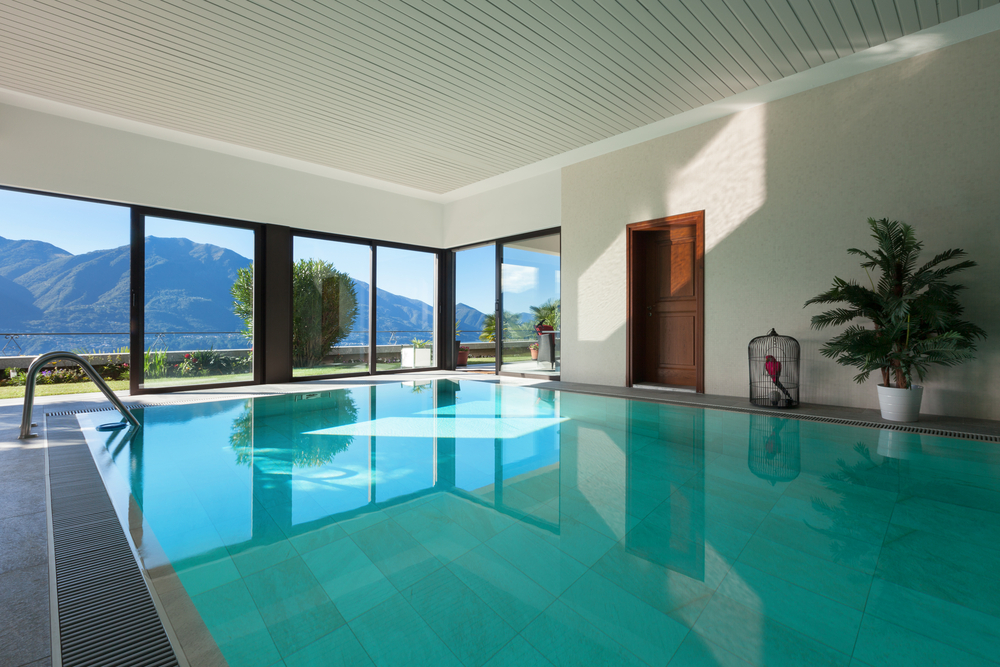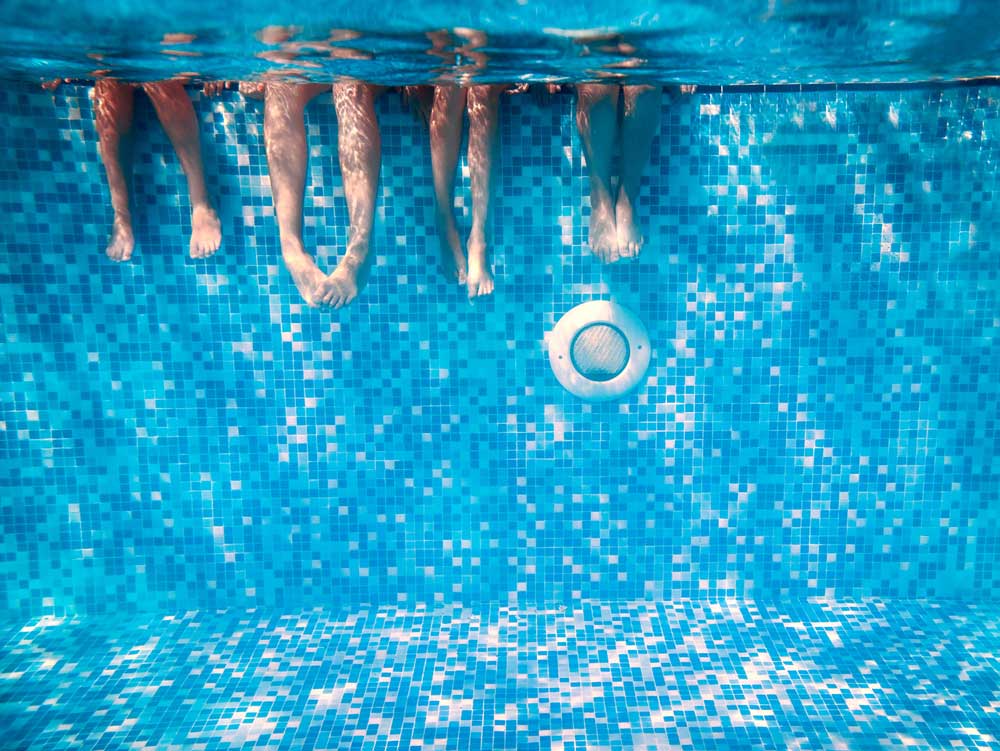Swimming pools are one of those things you’ll never regret getting. They provide an opportunity for both exercise and relaxation, look gorgeous and increase the value of your home. However, like all other parts of a house, they will eventually require repairs.

When the surface of your pool begins to peel and chip, it’s time to check out available pool resurfacing options in San Diego and look for a company that provides the best pool resurfacing in San Diego.
In this article, we’ll tell you more about pool resurfacing, reveal what the best pool resurfacing material is, and point you in the direction of a top-notch pool company. Keep reading to learn more.
Why I should resurface my pool?
No matter how sturdily a swimming pool is built, it’ll eventually become worn-out just like any other part of a home. Its sides or bottom will begin to flake, crack, or peel. This not only looks crummy, but also makes it impossible for the pool to retain water and can even create leaks.
That’s where pool resurfacing comes in. But, what does pool resurfacing actually mean? During this process, the old layer of plaster, tiles, paint, aggregate, or other material is removed from the pool and replaced with a new one. The pool is essentially given a new face, as well as strengthened against future issues.
Some homeowners believe they can resurface their pool on their own. This is highly inadvisable as inexperienced individuals can easily cause more damage to the pool or end up making a pool that doesn’t comply with relevant California regulations.
How do you know if your pool needs to be resurfaced?
There are a number of signs that can tell you when your swimming pool needs to be resurfaced. Luckily, most of these signs are visible and do not require complex tools to diagnose.
Five common signs include:
- Stubborn pool stains that can be caused by an excess of certain chemicals, debris (such as leaves) not being removed from the bottom, or the presence of metals in the water (for instance, from an old pool heater).
- Corroded or “popped” tiles that occur as a result of tile grout that’s been allowed to accumulate and hasn’t been treated correctly.
- Rough spots on the pool floor that can appear over time as a pool’s surface wears down. This usually happens due to chemical imbalance, unexpected damage, or if the pool wasn’t installed correctly.
- Erosion which is a natural consequence of water moving against a surface over a prolonged time period. In a pool, it results in visibly worn spots appearing on the sides or bottom of the pool.
- Water level drops that can be the result of leaks caused by small cracks in the pool’s surface.
What is the best pool resurfacing material?

There are many pool resurfacing options, each with their pros and cons, but at the end of the day, concrete is by far the most dependable of them all. It’s extremely durable, customizable, and appealing to the eye, making it the ideal resurfacing material.
It’s this combination of sturdiness and great appearance that makes concrete the go-to material for both small home pools and big public pools such as the Bud Kearns Memorial Pool.
Who are the best pool resurfacing experts in San Diego?
So Cal Custom Pools & Spas is a second-to-none supplier of top-of-the-line swimming pools and spas in San Diego. Our award-winning team of swimming pool experts provides unmatched pool resurfacing options that are both durable and highly cost-efficient.
Contact us today and schedule our services. We’ll make your swimming pool look brand new in no time.



 5-Star Pool Builder
5-Star Pool Builder
 5-Star Rating on Facebook
5-Star Rating on Facebook
 We are on Angie's List
We are on Angie's List




